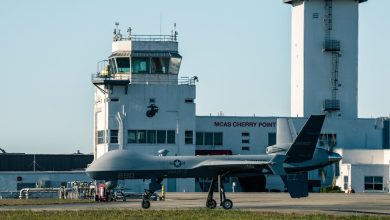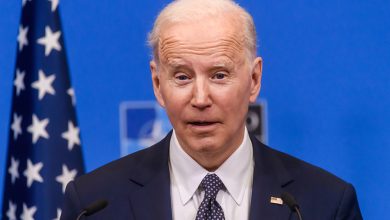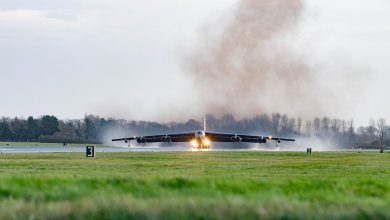Australian Army seeks light vehicles for its littoral ambitions

MELBOURNE, Australia — As Australia’s military adjusts to recommendations contained in last year’s Strategic Defence Review, there is a demand for lighter vehicles better suited operations in coastal areas.
First out of the gate in what could be a shopping spree for such rides was manufacturer Polaris, announcing earlier in September that the company had won a contract for DAGOR light vehicles.
The A$22 million (US$14.6 million) deal entails “several variants in support of joint missions worldwide,” with an undisclosed quantity to be delivered within two years, Polaris said in a statement.
These DAGOR variants cover tactical transport, expeditionary reconnaissance and cargo missions. Australian Army special forces are the likely recipient of these diesel-powered vehicles.
Michael Cannell, a sales and operations manager at Polaris Australia, told Defense News of increased regional interest in all-terrain vehicles in the past two years.
Cannell said: “We’re proud to provide this capability for Australian personnel. The DAGOR all-terrain vehicle will allow teams to move faster, carry more and significantly reduce combat fatigue by navigating complex terrain otherwise covered on foot.”
At Land Forces 2024 in Melbourne, held Sept. 11-13, Polaris also exhibited an MRZR-A vehicle, a bare-bones, ultra-light ride that comes in variants with seats for two or four occupants, according to the company’s website.
Brigadier Doug Pashley, commander of the Australian Army’s Darwin-based 1st Brigade, told Defense News about the formation’s metamorphosis from a mechanized, heavy brigade. “As part of our transition to a littoral brigade, we’re experimenting with a lot of mobility options,” he said.
That includes Supacat HMT Extenda vehicles ordinarily utilized by special forces, since “they’re probably a bit more regionally relevant than some of the heavier stuff that we’ve had in the past year,” Pashley said.
The brigade is also toying with lighter vehicles like the Polaris MRZR. “We’re really lucky we can draw lessons from other forces that have been leading the way in terms of developing littoral capabilities, both the U.S. Marine Corps and the Royal Marines,” Pashley explained. “Both have procured some light mobility vehicles, so we’re keen to leverage lessons from them.”
Polaris is not the only company seeking to cash in on changing Australian and regional requirements. Also at Land Forces 2024, local company Bale Defence debuted its RTV6 rough terrain vehicle.
This six-wheeled RTV6 joins existing RTV2 and RTV4 4×4 vehicles in its range. Bale Defence delivered 19 two-seater RTVs to the Australian Army in 2014-15, and special forces later ordered dozens of upgraded RTV2s for US$6.2 million in 2021.
Martyn Jones, Chief Operating Officer at Bale Defence, lauded the RTV6′s 1.5-ton payload capacity. Such vehicles are ideal for carrying remote-controlled weapon stations, surveillance systems and counter-drone systems, he said.
Supacat was also at Land Forces 2024, unveiling its Medium Utility Vehicle (MUV) based on a Toyota Hilux platform. Both 4×4 and 6×6 configurations are available, the MUV being the fruit of collaboration between Supacat’s British and Australian arms.
Matthew Grech, a sales executive at Supacat, told Defense News the MUV’s target clientele is special operations forces, but other applications include troop carriers, weapons carrier and utility tasks.
Gordon Arthur is an Asia correspondent for Defense News. After a 20-year stint working in Hong Kong, he now resides in New Zealand. He has attended military exercises and defense exhibitions in about 20 countries around the Asia-Pacific region.







